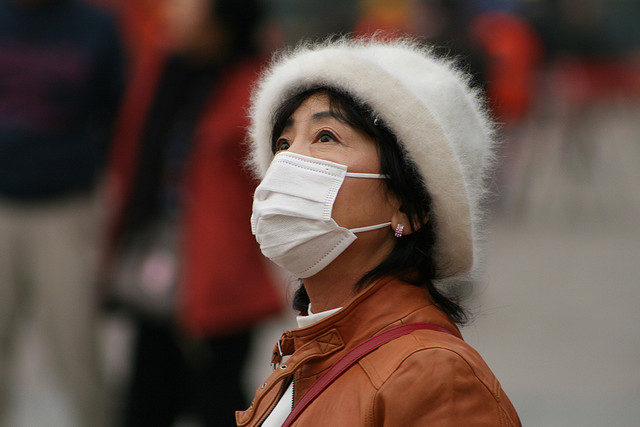Air pollution will take an estimated seven million lives globally in the next year. Air pollution causing far-reaching health effects, including asthma, lung cancer and heart disease. It is had also been associated with low birth weight, increased acute respiratory infections and stroke.
Airborne particulate matter can originate from a range of sources. Combustion from vehicle engines, industry, fires and coal burning represent the most common man-made sources, whilst sandstorms, agriculture, and chemicals reacting in the atmosphere represent the most common natural sources.
A recent report released by World Regional Capital City Ranking, which monitors international air pollution reveals the state of particulate matter (PM2.5) pollution in 2019.
With an average of 98.6 Particulate Matter (PM 2.5) concentration, Delhi topped the list of most polluted capital cities in the world. The majority of polluted cities and countries in the report are in the South Asia region, which includes 30 of the top 40 most polluted cities and four of the five most polluted countries. The cleanest air is in Bahamas and Virgin Islands.
In U.S. and Canada: While average air quality is good in global comparison.
In the Western Balkans: seven cities in the Western Balkans – Bosnia Herzegovina, Macedonia and Kosovo – and seven in Turkey have PM2.5 levels more than 3 times the WHO guidelines.
In China: Whilst 48 Chinese cities feature among the top 100 most polluted cities, the quantity of cities covered also indicates the country’s strong commitment to air quality monitoring, with what now constitutes one of the world’s leading national monitoring networks. Since implementing its Air Pollution Prevention and Control Action Plan in 2013 (Huang, Pan, Guo, & Li, 2018), China has achieved remarkable reductions in PM2.5 levels in numerous major cities, notably Beijing. However, 15 cities in Mainland China have PM2.5 levels more than 10 times the WHO guidelines.
For seven consecutive years, PM2.5 levels in Beijing have gradually dropped, demonstrating the success and evolution of Beijing’s air quality management programme. Compared to 2009, average annual PM2.5 concentrations are reduced by more than half, whilst hours spent in the “Good” US AQI air quality level are four times as frequent.
Countries and regions in East Asia, Southeast Asia and South Asia suffer from the highest annual average PM2.5 concentration weighted by population.
Eupore: Air pollution continues to present varied challenges across different parts of Europe, as only 36% of European cities with PM2.5 monitoring in place met the WHO’s annual target for PM2.5. Within Europe, 2019’s PM2.5 levels were generally found to be highest in Eastern and Southern Europe, with the cleanest cities and regions mostly found in Northern and Western Europe.
Latin America: Latin America and the Caribbean face air quality challenges as a consequence of significant urban growth, resulting in heightened energy consumption and transport emissions in cities. These contributing factors, coupled with inefficient vehicles, weak fuel standards and biomass burning for household and commercial heating and cooking further contribute to heightened PM2.5 levels. Whilst Peru has the highest average annual pollution exposure in the region, Chile follows closely behind, and is additionally home to 8 out of the 10 most polluted cities in the region.











